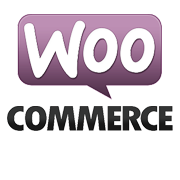How We Started A Clothing Manufacturing Business
Hello! Who are you and what business did you start?
Hello from sunny Singapore! My name is Donovan and I am the founder of Bryden.
We are a clothing manufacturing agency with offices in Singapore & China and we specialise in providing an end to end service for fashion brands to create & manufacture their products.
Our goal is to help fashion businesses all around the world to create quality products easily from the comfort of their office or home.
Our customers are typically small to medium sized businesses and we take delight in helping them to compete with the bigger brands by offering a wide range of customisation & product options that are usually out of reach due to large order quantities imposed by manufacturers.
I started Bryden back in 2015 with my partner and we are now a team of 8, with an average monthly revenue of $74,000 and serving customers in more than 20 countries from French Polynesia to USA.

Download the report and join our email newsletter packed with business ideas and money-making opportunities, backed by real-life case studies.

Download the report and join our email newsletter packed with business ideas and money-making opportunities, backed by real-life case studies.

Download the report and join our email newsletter packed with business ideas and money-making opportunities, backed by real-life case studies.

Download the report and join our email newsletter packed with business ideas and money-making opportunities, backed by real-life case studies.

Download the report and join our email newsletter packed with business ideas and money-making opportunities, backed by real-life case studies.

Download the report and join our email newsletter packed with business ideas and money-making opportunities, backed by real-life case studies.

Download the report and join our email newsletter packed with business ideas and money-making opportunities, backed by real-life case studies.

Download the report and join our email newsletter packed with business ideas and money-making opportunities, backed by real-life case studies.




























